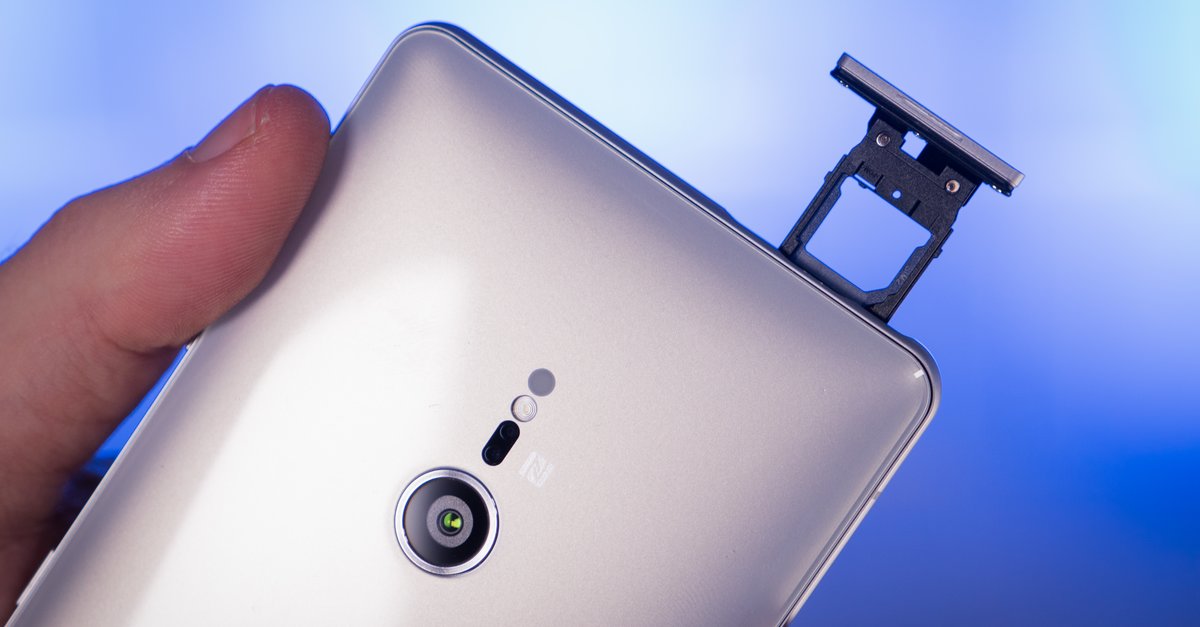This is how changing gravity affects our cells
What researchers have known for a long time is that space conditions affect the human body – also at the cellular level. The absence of gravity in particular has serious consequences for the processes in the body. Most turn out to be reversible after the end of the mission.
The space doctor Bergita Ganse from Saarland University recently described immediate physical changes: “The intervertebral discs expand and you grow in length by an average of five and a half centimeters in the first 24 hours,” she says.
Body water would also migrate towards the upper body and head due to the lack of gravity, which, according to Ganse, means that all visitors “pee out 1.5 liters of water in the first 24 hours – and get a very fat face and very thin legs.”
The muscle breakdown is also unpleasant due to the much lower effort required to move in weightlessness. The heart muscle also becomes smaller. Astronauts would therefore have to complete a daily sports program on fitness equipment in order to counteract this effect as effectively as possible. But that doesn’t quite work.
Editor’s Recommendations
Researchers at Oklahoma State University in Stillwater, USA, have now looked at the effects of microgravity, the force of gravity in space. They discovered that this very microgravity triggers a unique series of cellular stress responses.
In her new job they also found that the protein modifier SUMO plays a key role in cellular adaptation to simulated microgravity. “Under normal gravitational conditions, SUMO is known to respond to stress and play critical roles in many cellular processes, including repairing DNA damage, regulating the cytoskeleton, cell division, and protein turnover,” explains study leader and bioprofessor Rita Miller. “This is the first time that SUMO plays a role in the cell’s response to weightlessness.”
The researchers presented the results at the annual meeting of the American Society for Biochemistry and Molecular Biology, which took place from March 25 to 28 in Seattle, Washington.
The researchers used a special cell culture vessel developed by NASA. (Photo: Jeremy Sabo, Oklahoma State University)
To investigate the interactions, the researchers used yeast cells – a model organism that is often used to study cellular processes. To simulate microgravity, they used a special cell culture vessel developed by NASA.
In the cells exposed to microgravity, the researchers identified 37 proteins that physically interacted significantly with SUMO. Among those 37 proteins were those important for repairing DNA damage.
The researchers found this remarkable in that radiation damage in space poses a serious risk. Other proteins were involved in energy and protein production, maintenance of cell shape, cell division, and protein trafficking within cells.
“Since SUMO can alter multiple transcription factors, our work could also lead to a better understanding of how it drives various signaling cascades in response to simulated microgravity,” Miller said. In a next step, Miller wants to investigate whether the lack of the SUMO modification in certain proteins is harmful to the cell under microgravity.


